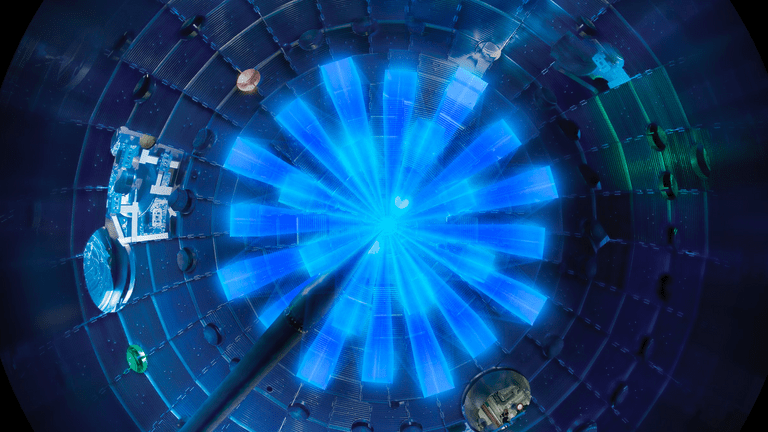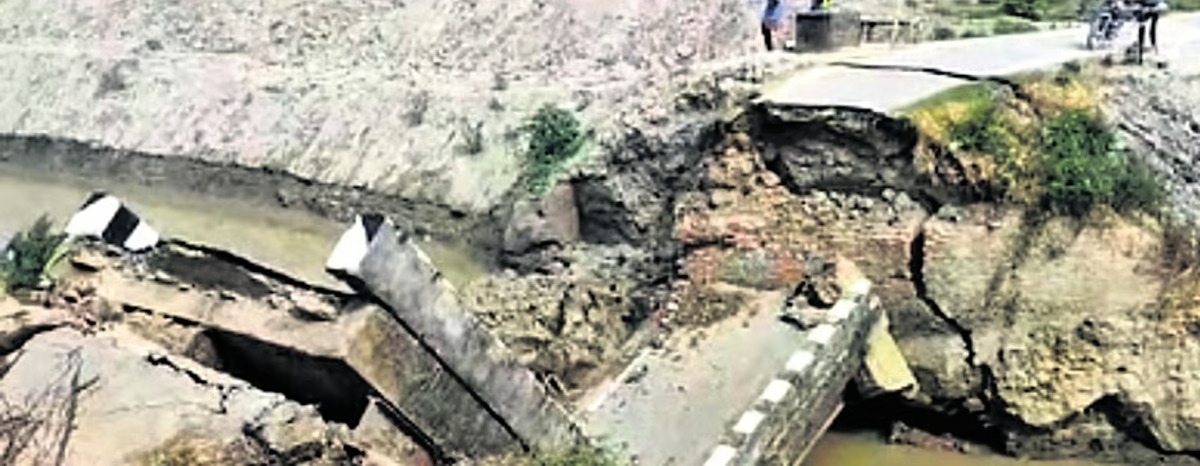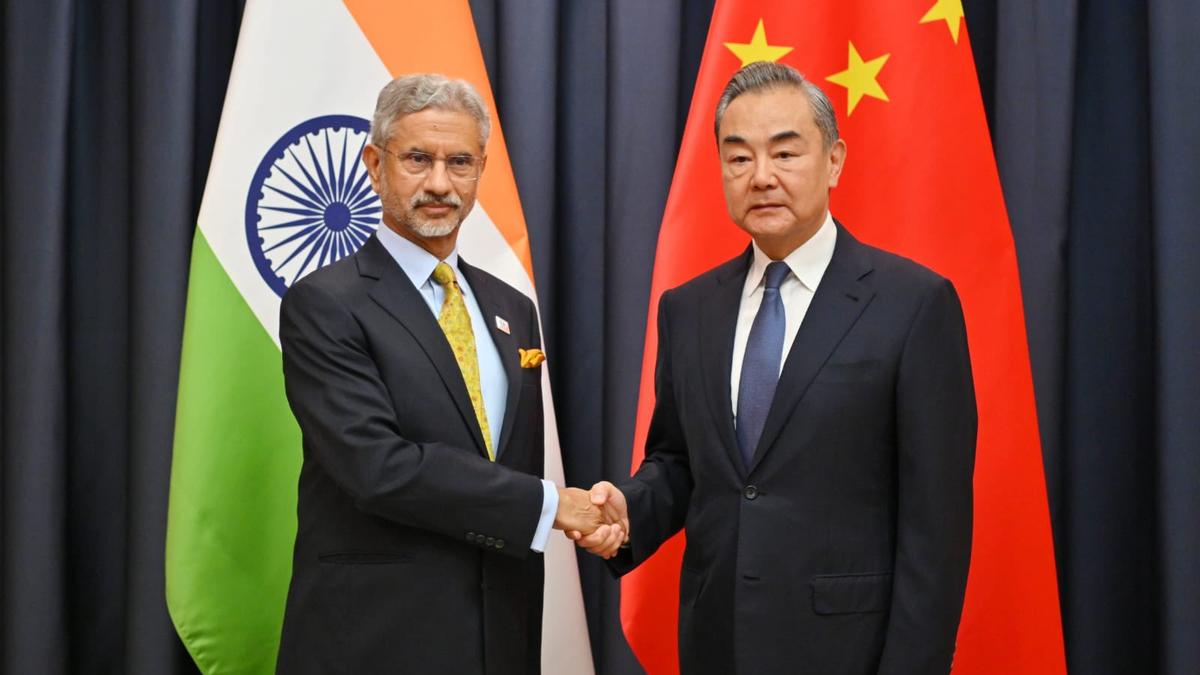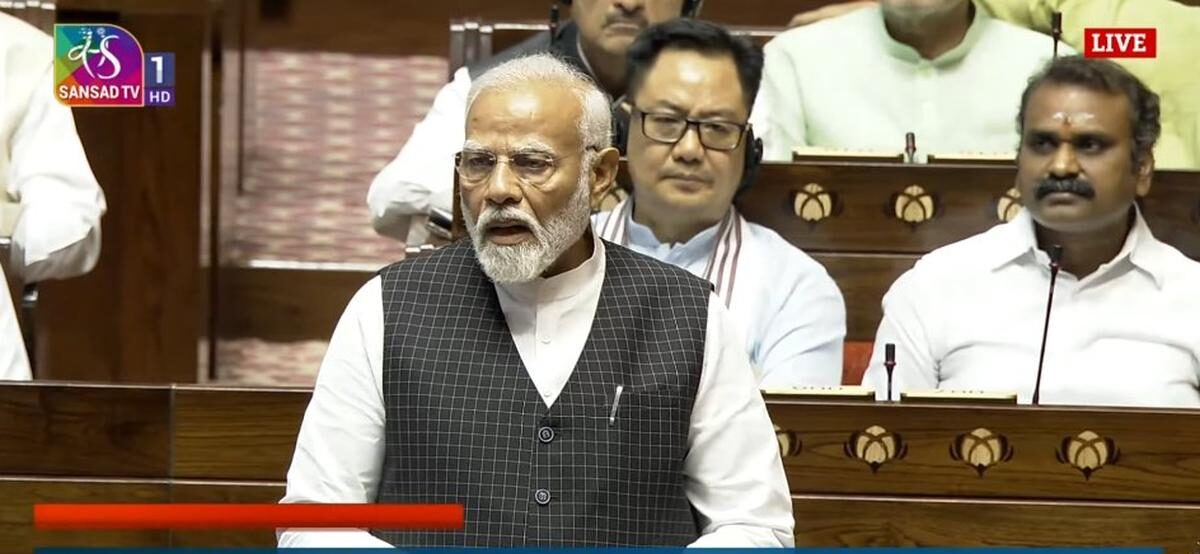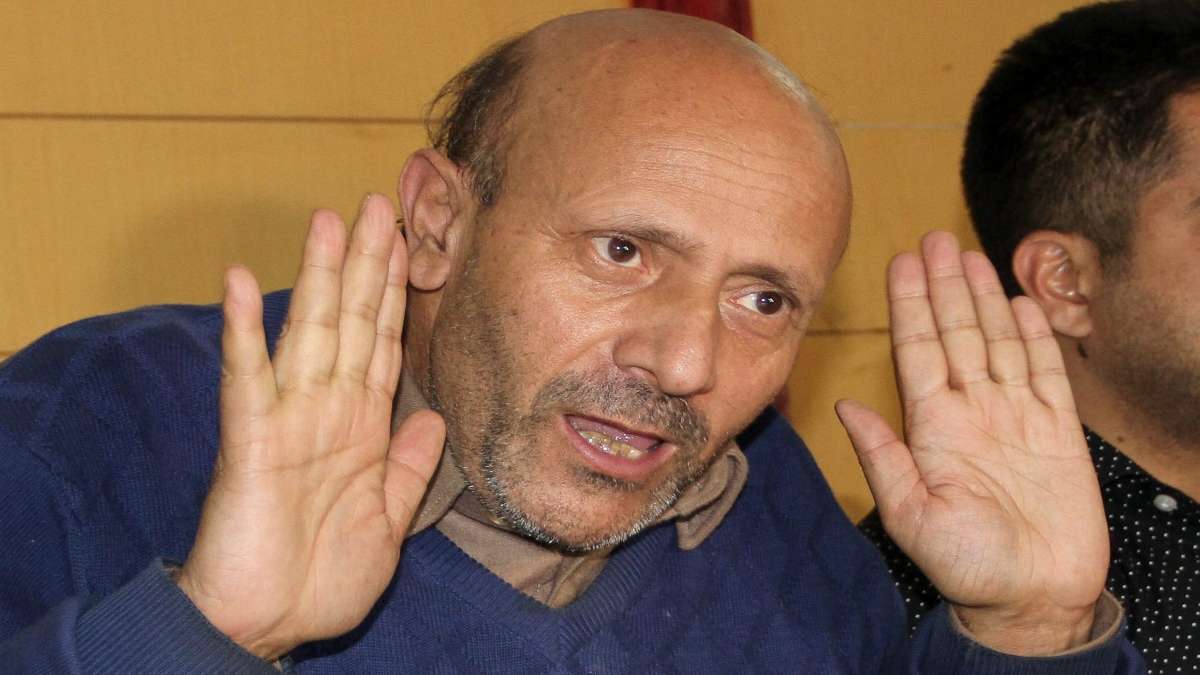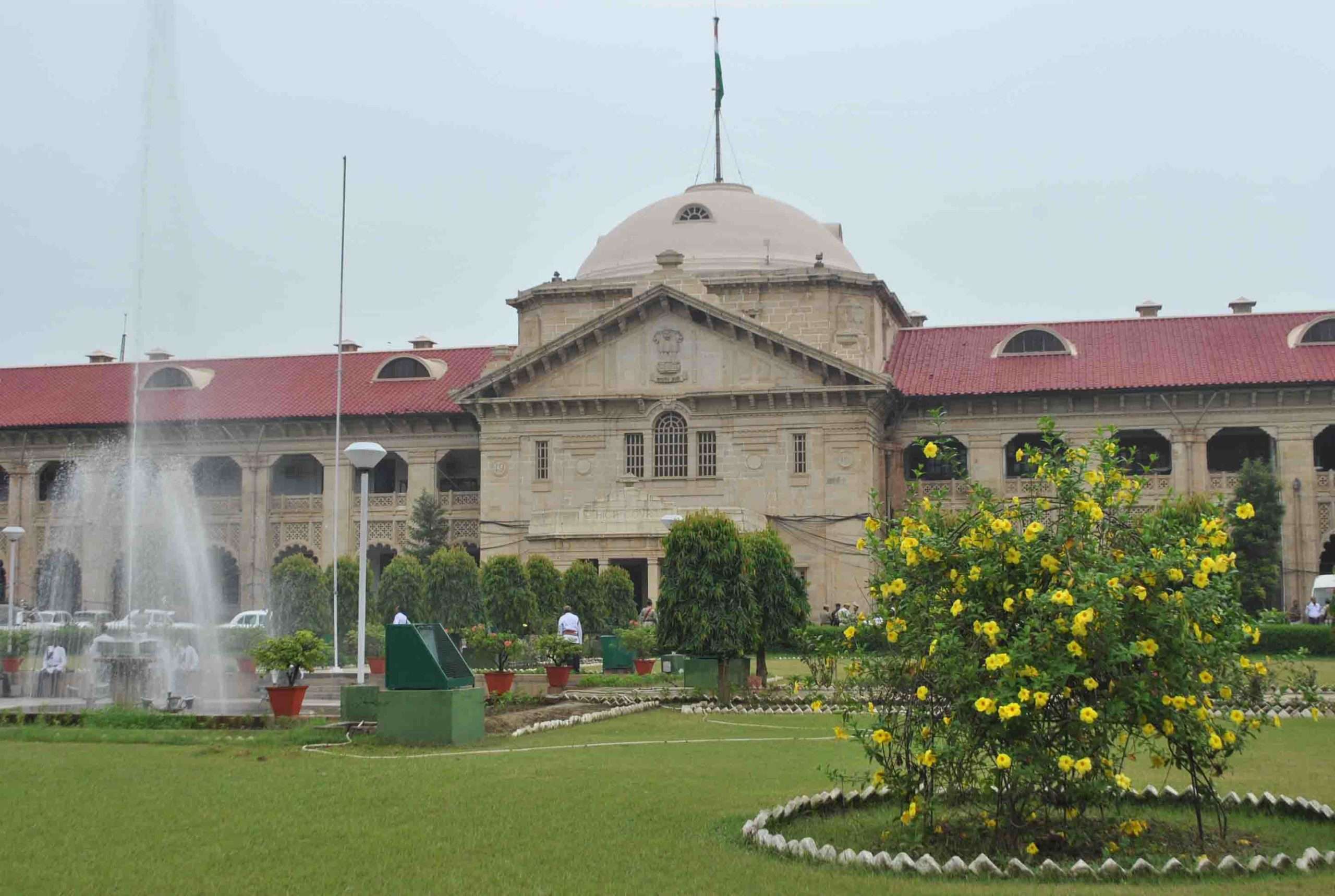The National Ignition Facility (NIF), a US laboratory located at the Lawrence Livermore National Laboratory in California, has successfully achieved a fusion reaction that resulted in a “net energy gain,” meaning that the energy produced through the fusion reaction exceeded the energy used to initiate the process. This is the first time such a feat has been achieved in a laboratory setting. The NIF used a process called “thermonuclear inertial fusion,” which is based on the principles that power the sun, to initiate the fusion reaction by projecting a high-intensity light beam from 192 lasers onto a small capsule containing two isotopes of hydrogen, deuterium, and tritium. The resulting fusion produced an output energy of 3.15 MJ, compared to the input energy of 2.05 MJ.
Nuclear fusion has the potential to generate vast amounts of clean energy, as a small amount of fusion fuel can power a power plant for years with no carbon dioxide emissions. This marks a significant step forward in the development of nuclear technology as a means of generating alternative energy sources. The process of nuclear fusion involves the combination of atomic nuclei to release tremendous amounts of energy, but it is a complex process that requires overcoming the “Coloumb Barrier,” a point at which the attractive forces between nuclei surpass their repulsive forces, in order to initiate the fusion reaction. This requires a temperature of 100 million Kelvin, six times the core temperature of the sun. There are two main approaches to initiating a fusion reaction: using a high-intensity laser beam, as was done at the NIF, or using a strong magnetic field. The International Thermonuclear Experimental Reactor (ITER), the world’s largest fusion energy experiment facility currently under construction in France with the participation of 35 nations including India, is also working on developing nuclear fusion as a viable energy source.


